“That’s How it Was” | Introduction | Wychwood Women : The Interviewees | Declaration of War | The Arrival of Evacuees| School Time | Preparing for War at Home | Soldiers and Airmen | For the Common Cause | Dr Scott and the Canteen | Domestic Life | We Were Lucky Out Here: Food Rationing | Work for Women Outside the Home | The Effects of War
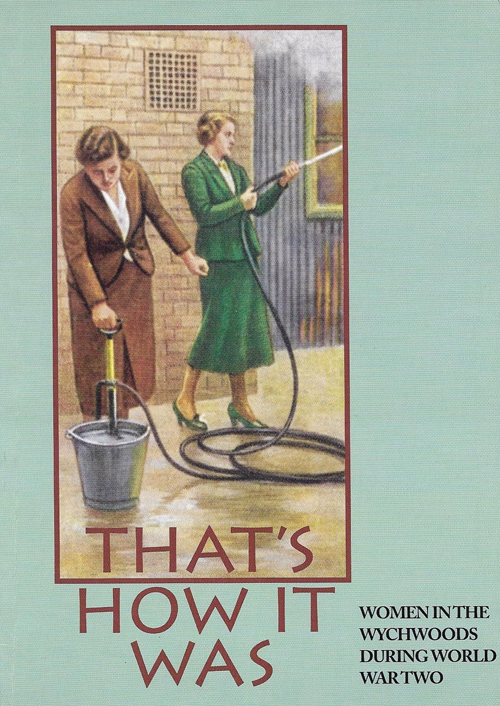
… from the Wychwoods “That’s How It Was” Publication
The following are short bigraphies of the women of the Wychwoods who were interviewed for their own personal recollections of life in the Wychwoods 1939-45 and published in our booklet “That’s How It Was”.
Others who have given us help in particular areas are described in the text: Irene Carpenter, Peggy Coombes, Dorothy Harrison, Cicely Miller and Dorothy Treweeke with notes from Betty Brown, Brenda Bishop and Win Dolton
Mary Barnes nee Bond
Mary was born in Canning Town, London on 23 September 1927. She came to the Wychwoods on 1 September 1939 having been evacuated with many other children from London, in her case from Upton Cross School, West Ham.
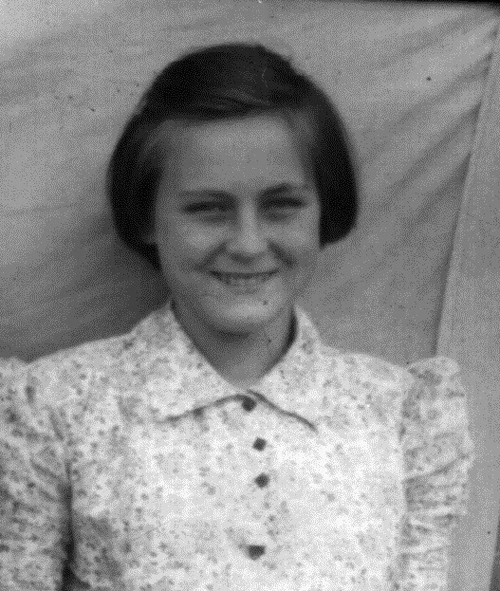
She was first billeted with Mrs Martin who had a hairdresser’s shop, (next to Rawlin’s video shop) and then she moved to Mr & Mrs Ivor Timms at 8 Pear Tree Close, Milton. Her mother eventually came from London to live in Fiddlers Hill, Shipton and Mary moved there later. She worked firstly at Shipton Court Farm and then at Shipton Stores. She married Les Barnes in June 1945 at St Mary the Virgin Church, Shipton and lived for several years in Swinbrook Road, later moving to Upper High Street. They had four children. Sadly she died before the completion of the book.
Rose Burson nee Barnes
Rose was born on 18 May 1900 on an estate at Eastwood Hay at Westwood Hay, near Newbury where her father was head gamekeeper for 47 years. There were 14 children in the Barnes family. Rose was number 12 and, from the moment she could walk, she was her father’s little helper. Her happiest memories are assisting him with the nest boxes, pheasant eggs and young birds.
Although her ambition was to be a teacher, she was so touched when she saw a convoy of wounded soldiers at Reading in the First World War that she immediately signed up for the Land Army. After several postings she ended up serving in 1917 in Milton. When the war was over, she became a permanent Milton resident when she met and married Stan Burson. Their daughter Kathleen was born in 1924 and their son Michael, recently chairman of Milton Parish Council, was born in 1944 – the surprise of the century, as Rose puts it. She has lived through and can vividly recall every year of the 20th century.
Valerie Davis nee Timms and Peter Davis
Valerie was born on 28 May 1933 at 8 Pear Tree Close, Milton under Wychwood. Her father, Ivor, came from Chadlington daily to work as a carpenter at Alfred Groves & Sons and had met his wife Rose from Abingdon while working at Boars Hill, Oxford.
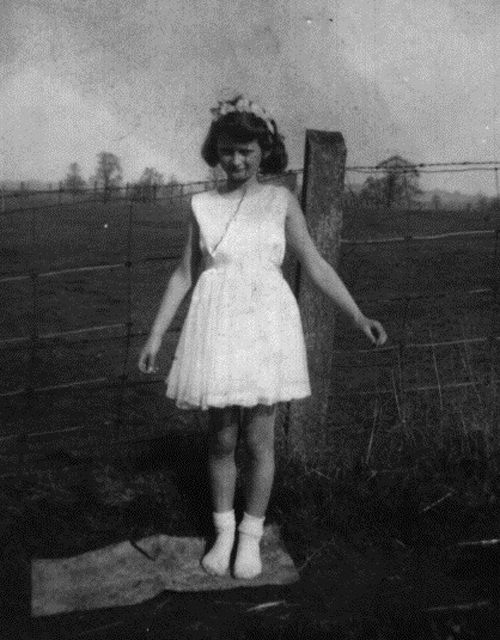
After their marriage they moved into the newly built house, 8 Pear Tree Close, Milton. It was here that Valerie and her brother were born and where she stayed until her marriage to Peter Davis whose father and mother lived at the Old Malt House, Shipton. Mr Davis had large milk round and Mrs Davis first worked at and then owned Dangerfield’s, later called London House in Milton which was an outfitters and drapers and also housed a small library. Valerie attended the Primary School in Milton and was later awarded a scholarship to Burford Grammar School. Peter also contributed to the interview.
Daphne Edginton nee Rose
Daphne was born on 29 September 1921 at Kingham. She was the fourth of six children of Tom and Lilian Rose, who farmed at Churchill Heath. Daphne married Bryan Edginton and came to the Wychwoods in 1940 ‘one day before my 19th birthday and one day after the harvest was in.‘ The Edgintons farmed at Crow’s Castle at the extremity of Milton parish by the Gloucestershire border, where Daphne bore her two children, cooked for Italian and German prisoners of war, plucked poultry, skinned rabbits, made her own and her childrens’ clothes, nursed baby lambs in the kitchen, cooked for the hay makers and the threshers, sold 60 dozen eggs a week and shot pigeons in the winter.
Joan Hall nee Slater
Joan Hall was born in a cottage at the back of the Red Horse in Shipton and was 19 years old on the day that war broke out. One of nine children, she lived at home to keep house for her father, a signalman at Bruern, after her mother had died.
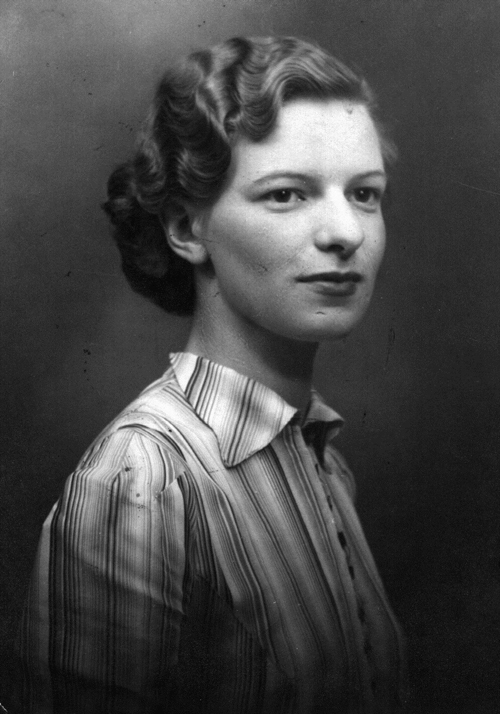
Joan volunteered to work in the war-time canteen run by Dr Scott in the YMCA Red Triangle hut. She married Jim in May 1941 and he left that afternoon for service with the RAF in South East Asia. They did not see each other for four and a half years, but wrote to each other every day, the letters often arriving in bundles. At one point Joan did not hear from Jim for six months. Jim and Joan now live in Coombes Close, Shipton and Jim contributed to the interview.
Vi Smith nee Miles
Vi Smith was born in Shipton on 19 March 1910 in the cottage that is the left hand side of the house now called ‘Winterseeds’. About a year later her parents moved to 9 High Street, Shipton, where she lived until she was married in 1932. Her husband was a clerk at Matthew’s flour mill. Her first married home was along Meadow Lane at Littlestock, and that was where her daughter Barbara was born. ‘I didn’t have electricity when I was first married, we had an oil lamp’. Then she moved to a new bungalow, Falklands in Bruern Road, Milton, where she was in 1939. The Tripps were billeted on her there. When the manager of Matthew’s mill died, in 1940, her husband took his place and they moved to Pike House, which went with the job. The house which has since been extended, was cold and difficult to keep clean because ‘it was right on the railway‘. Hot water was heated in a copper with a fire underneath. ‘My husband always lit the fire before he went to work’.
Barbara and Colin Pearce
Barbara went to Shipton Church of England school and then to Burford. Clothes rationing was still in force, and it was difficult to get enough coupons to buy the required school uniform. She used to come from school to visit her grandmother at 9 High Street, ‘and then Gran would say ‘ Shall we go and get some tomatoes or whatever. You could go to Shipton Court in the gardens, into the kitchen gardens and get your hot tomatoes out of the greenhouse – I used to go and do that – and lettuce – they grew a lot of thing like that, and that must have been during the war – I was only a little girl [when I] used to come here from school’.
In 1958 she married Colin Pearce, son of the headmistress in Milton. The Pearces came to Milton in 1927 because Mrs Pearce got a job as a teacher; as a married women she was not allowed to teach in Wales, and her husband, who was a miner, was out of work. Two years later Mrs Pearce became the head of Milton school and moved into the School House. Colin was born in 1933. Mrs Pearce was a strict disciplinarian and much respected in the area. Barbara was alarmed at first when she went with Colin to meet her. Now Barbara and Colin live in 9 High Street, her mother’s old home, and Vi lives nearby in Bowerham. Colin also contributed to the interview.
Betty Scott nee Fullerton
Betty was born at Bedford Park near Chiswick on 27 January 1913. She started training to become a nurse at Harrow Hospital and it was there she met her husband, Dr Gordon Scott.
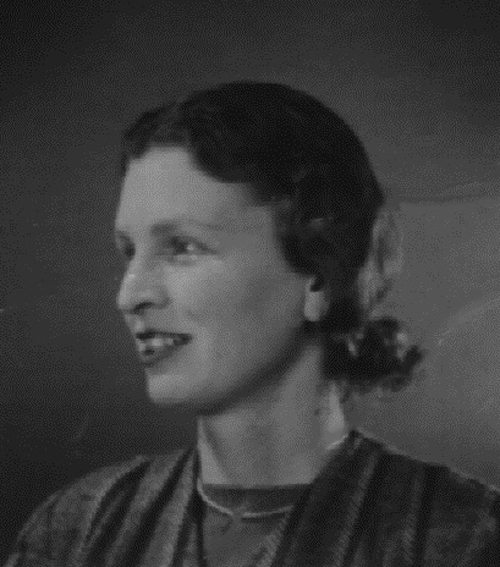
After a few years of accompanying him while he furthered his career, they came from London in 1936 to start work at Shipton in general medical practice in the Wychwoods. They moved into Nara now known as The Doctor’s House with a small surgery beside it. Besides bringing up four children, Betty had to help out in many ways, especially as the practice was single-handed, looking after the telephone and dealing with emergencies.
Marjorie Rathbone nee Bolton
Marjorie was born in Nottingham in 1912, moved to Loughborough for six years before coming to the Wychwoods in 1927 where they lived at 1 Shipton Road, Milton. Her father, Ted, was chief engineer at Alfred Groves and Sons on the opposite side of the road.
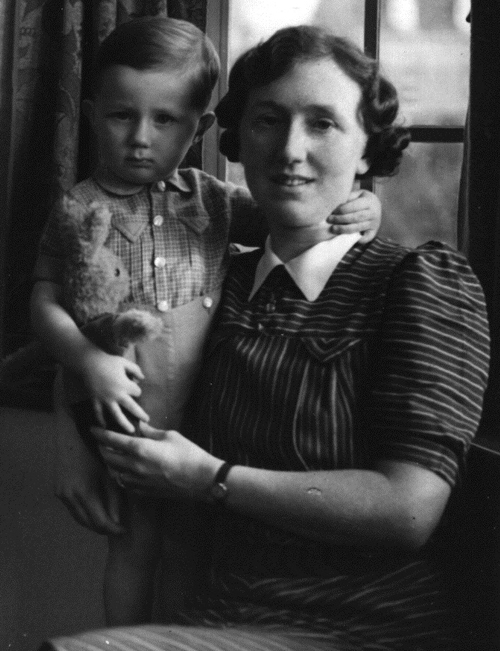
Later, Marjorie too went to work for Groves in the office until 1938 when she married Geoff Rathbone, another Groves’ employee. Their home, Sherwood in Frog Lane had been built the year before. In 1939, Marjorie gave birth to their first child, Peter, nine days before the outbreak of war. The rest of the war was spent bringing up her family, later increased by a daughter, sorting out evacuees, much WI work and regularly collecting for National Savings and the Red Cross. Marjorie and her son still live in Sherwood.
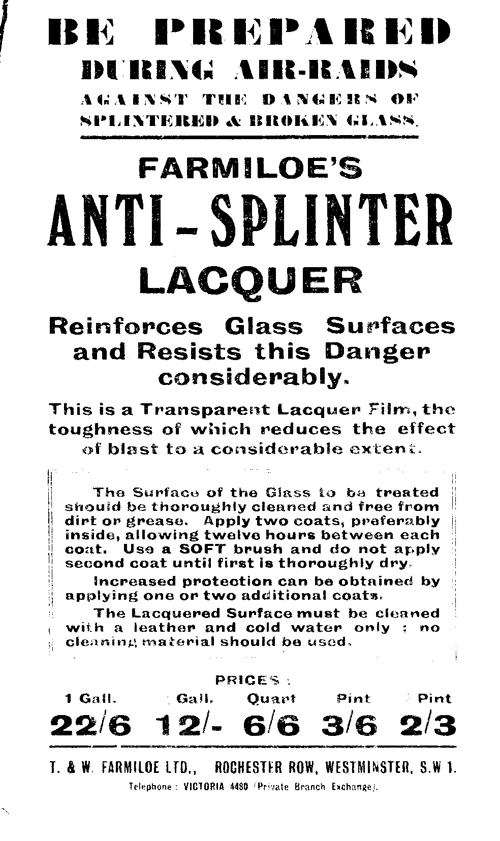
“That’s How It Was” Menu
These pages are reproduced from the Society’s publication “That’s How It Was”, featuring women in the Wychwoods during World War Two. The texts and images were published in the year 2000, and deserve a place in our expanding online archive. Please bear in mind as you read our texts in these pages, that we reproduce them as published in the year of publication.
Select from:
“That’s How it Was” | Introduction | Wychwood Women : The Interviewees | Declaration of War | The Arrival of Evacuees| School Time | Preparing for War at Home | Soldiers and Airmen | For the Common Cause | Dr Scott and the Canteen | Domestic Life | We Were Lucky Out Here: Food Rationing | Work for Women Outside the Home | The Effects of War

